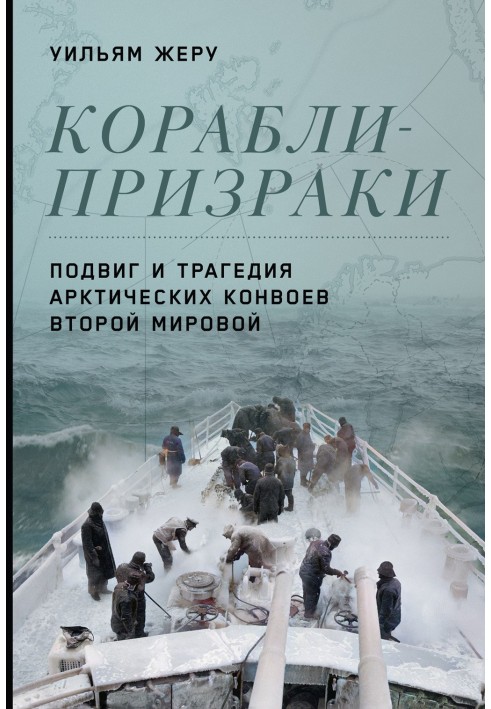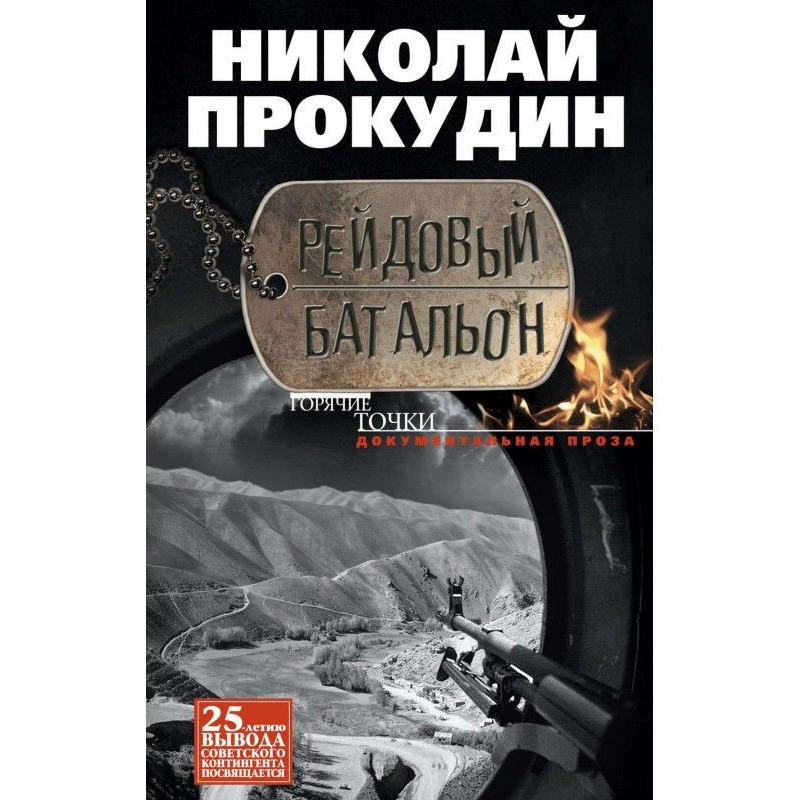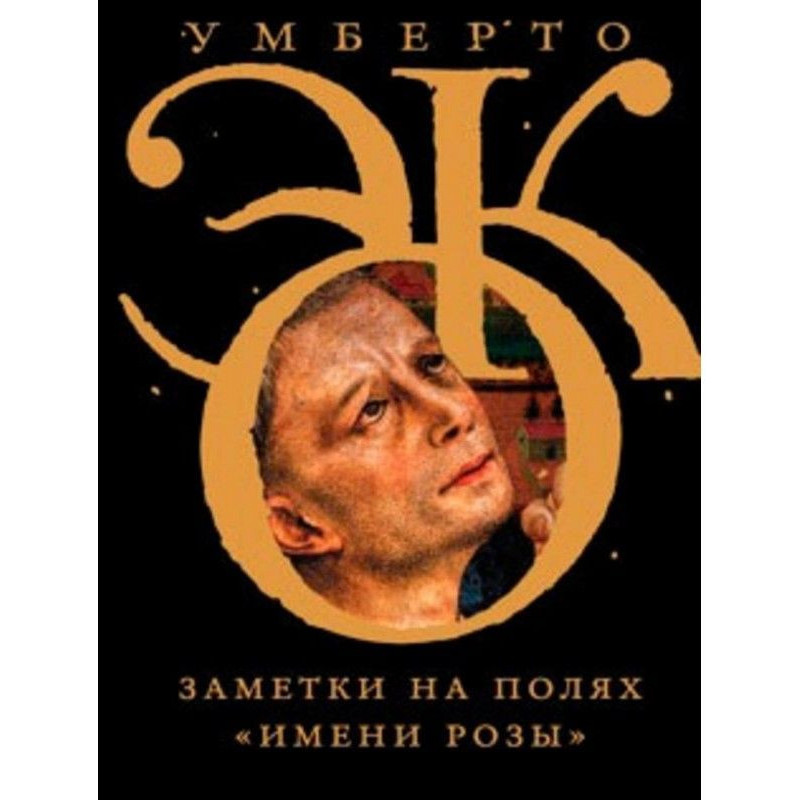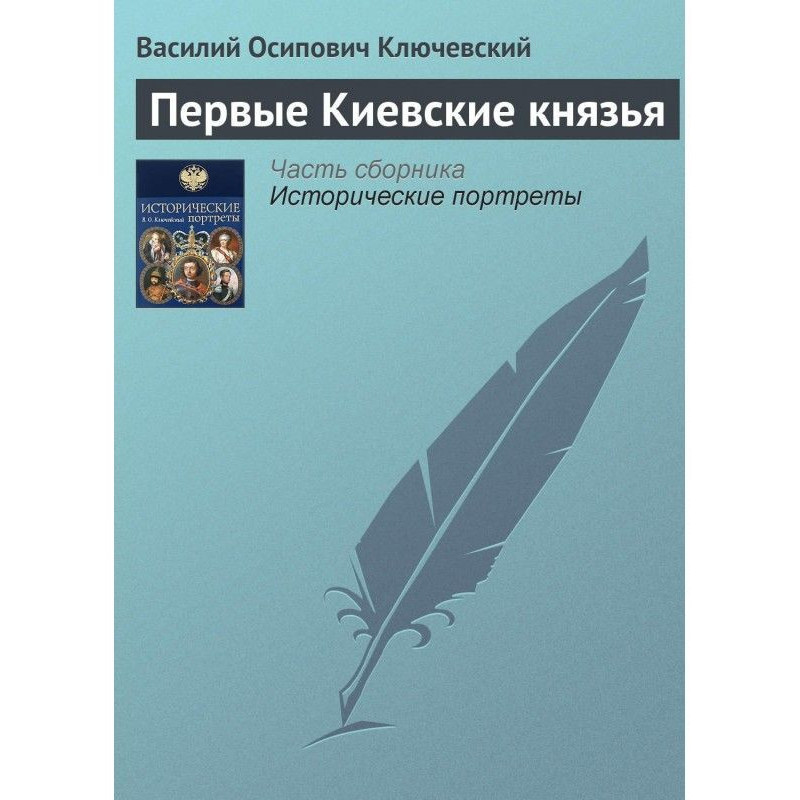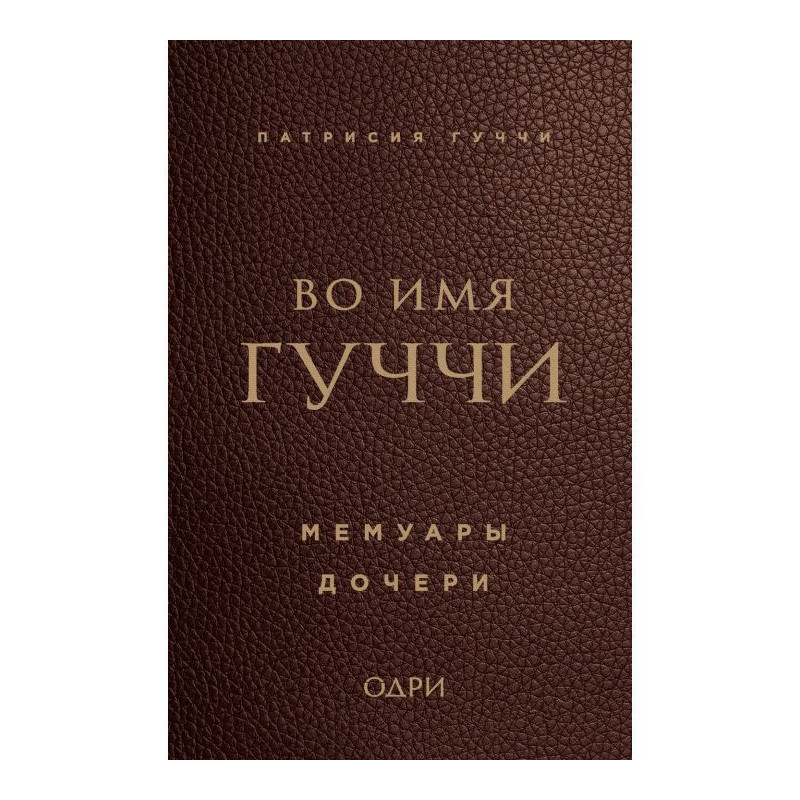Ghost ships. The feat and tragedy of the Arctic convoys of World War II
 Instant download
Instant download
after payment (24/7)
 Wide range of formats
Wide range of formats
(for all gadgets)
 Full book
Full book
(including for Apple and Android)
In 1941, the first Arctic convoy sent to the USSR by the allies - Great Britain and the USA - arrived in Arkhangelsk. Its fate was successful, unlike the other convoy, the infamous PQ-17. A book by William Geroux is devoted to the background, misadventures and consequences of the voyage of this caravan. On July 4, 1942, when convoy PQ-17 received the order to disperse, four ships from its composition, separated from the rest, headed further north, into the dangerous Arctic ice. The endless polar day did not give the sailors any respite from bomber raids, enemy submarines were following the ships, and the formidable battleship Tirpitz, the largest warship of the Kriegsmarine of the German navy, stood off the Norwegian coast, ready to intercept. But, despite all the risks, the remnants of PQ-17 continued on their way to deliver valuable cargo to the Soviet Union...
The torpedo did not explode. She emerged from the water on the other side of the ship, moved about thirty meters away from it, and then turned around and rushed back to the left side of the Troubadour, where North was located. The torpedo seemed to be chasing him throughout the entire ship. Anti-aircraft crews fired machine guns at her, but everything was in vain. The sailors cursed the torpedo in Spanish and Portuguese: “Get lost!” Right in front of the ship, she suddenly stopped and sank.
This story has it all: an unusual setting, dramatic twists, moral dilemmas, heroic deeds and political intrigue at the highest level. Among its heroes are not only civilian and military sailors, but also Stalin, Churchill, Roosevelt and other high-ranking officials. To tell about the fate of PQ-17, William Geroux carefully studied the topic of World War II convoys, read diaries, letters and memoirs of their participants, conducted dozens of interviews, visited Russia, Iceland and Norway, and also walked the Arctic route along the Norwegian, Barents and White Seas . As a result, he managed to extremely accurately, vividly and vividly recreate the events of more than 80 years ago.
The two boats of Byron's Empire drifted for six days in the cold fog until the sailors were picked up by a British corvette sent from Arkhangelsk to search for survivors. By the time they were rescued, the sailors in the boats, including two cabin boys, one of whom was 15 and the other 16, were receiving 60 ml of water every six hours, two tablets of pressed malted milk powder and some biscuits. Some began to drink salt water, which increased thirst and caused hallucinations.
For whom
For those who are interested in the history of the Second World War, the history of the navy, as well as for everyone who loves action-packed reading.
Data sheet
- Name of the Author
- Уильям Жеру
- Language
- Russian
- Translator
- Заур Аязович Мамедьяров
Reviews
Вражаюча історія героїзму та трагедії
Книга "Кораблі-привиди. Подвиг та трагедія арктичних конвоїв Другої світової" є справжнім шедевром історичної літератури, який занурює читача в атмосферу небезпечних морських пригод та героїчних вчинків. Вільям Жеру майстерно відтворює події, пов'язані з конвоєм PQ-17, розкриваючи не лише військові аспекти, але й людські драми, які відбувалися на фоні глобального конфлікту. Книга наповнена емоціями, відвагою та моральними дилемами, з якими стикалися моряки та командири. Яскраві описи подій, детальні свідчення учасників та глибокий аналіз політичних рішень роблять цю книгу не лише захоплюючою, але й дуже інформативною. Рекомендую всім, хто цікавиться історією Другої світової війни, адже ця книга відкриває нові горизонти розуміння подій того часу.

